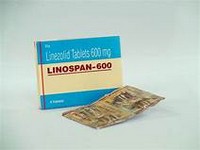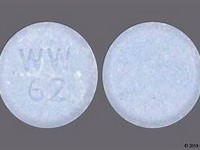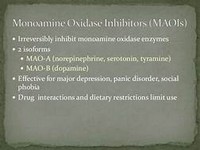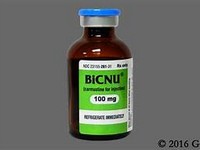Levofloxacin

Levofloxacin
CLINICAL USE
Antibacterial agent
DOSE IN NORMAL RENAL FUNCTION
250–500 mg once or twice a day (varies depending on indication)
PHARMACOKINETICS
Molecular weight :361.4 %Protein binding :30–40 %Excreted unchanged in urine : >85 Volume of distribution (L/kg) :1.1–1.5half-life – normal/ESRD (hrs) :6–8/35 DOSE IN RENAL IMPAIRMENT
GFR (mL/MIN)
20 to 50 : Initial dose 250–500 mg then reduce dose by 50% 10 to 20 : Initial dose 250–500 mg then 125 mg 12–24 hourly <10 : Initial dose 250–500 mg then 125 mg 24–48 hourly DOSE IN PATIENTS UNDERGOING RENAL REPLACEMENT THERAPIES
CAPD :Not dialysed. Dose as in GFR <10 mL/min HD :Not dialysed. Dose as in GFR <10 mL/minHDF/high flux :Not dialysed. Dose as in GFR <10 mL/minCAV/VVHD :Not dialysed. Loading dose: 500 mg then 250 mg every 24 hours.1 IMPORTANT DRUG INTERACTIONS
Potentially hazardous interactions with other drugsAnalgesics: possibly increased risk of convulsions with NSAIDsAnticoagulants: anticoagulant effect of coumarins and phenindione enhancedAntimalarials: manufacturer advises avoid concomitant use with artemether and lumefantrineCiclosporin: half-life of ciclosporin increased by 33%; increased risk of nephrotoxicity Tacrolimus: may increase tacrolimus concentrationTheophylline: possibly increased risk of convulsions ADMINISTRATION
Reconstition
– Route
Oral, IV Rate of Administration
30 minutes per 250 mg Comments
OTHER INFORMATION
Dose and frequency depend on indication
See how to identify renal failure stages according to GFR calculation
See how to diagnose irreversible renal disease
Home









